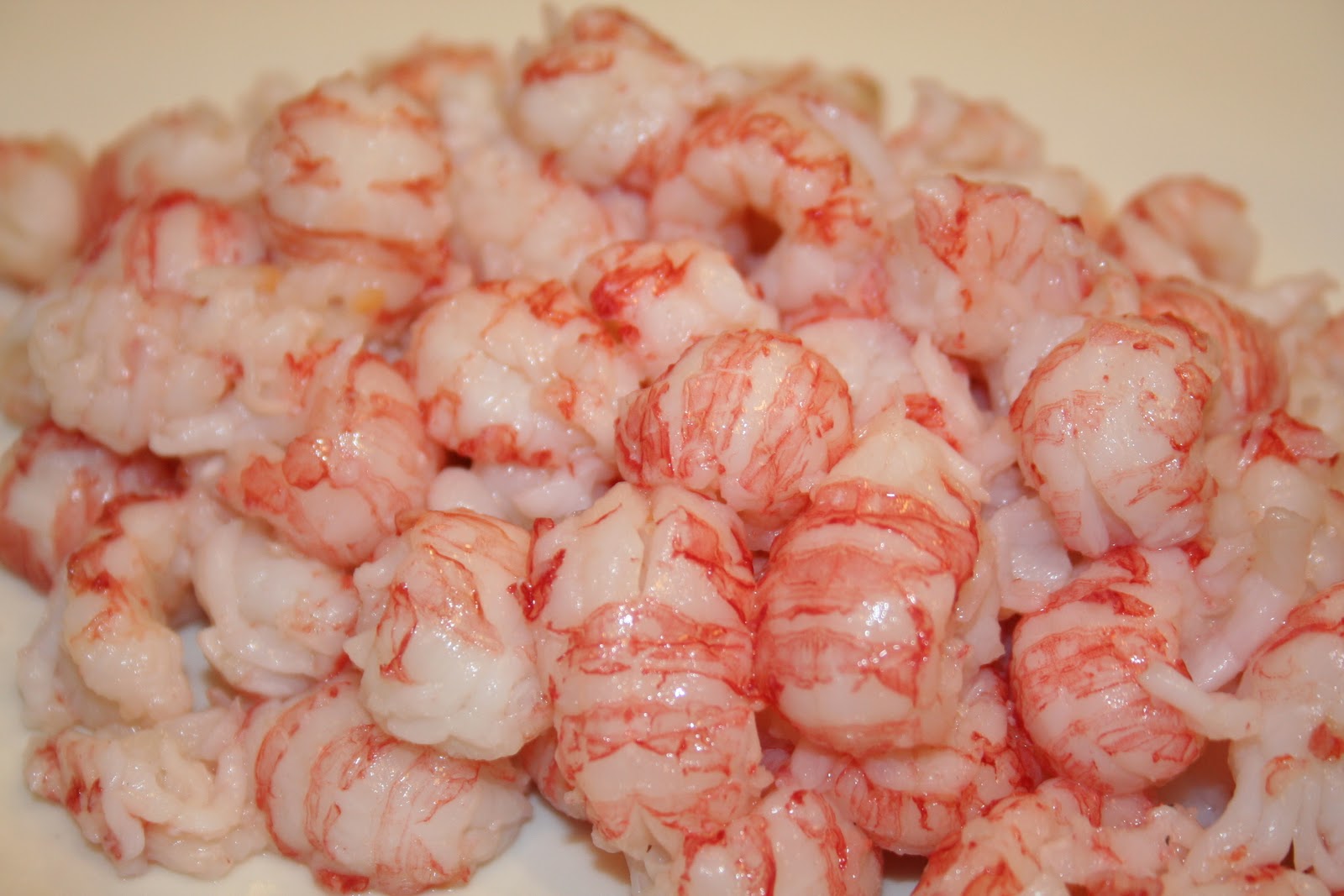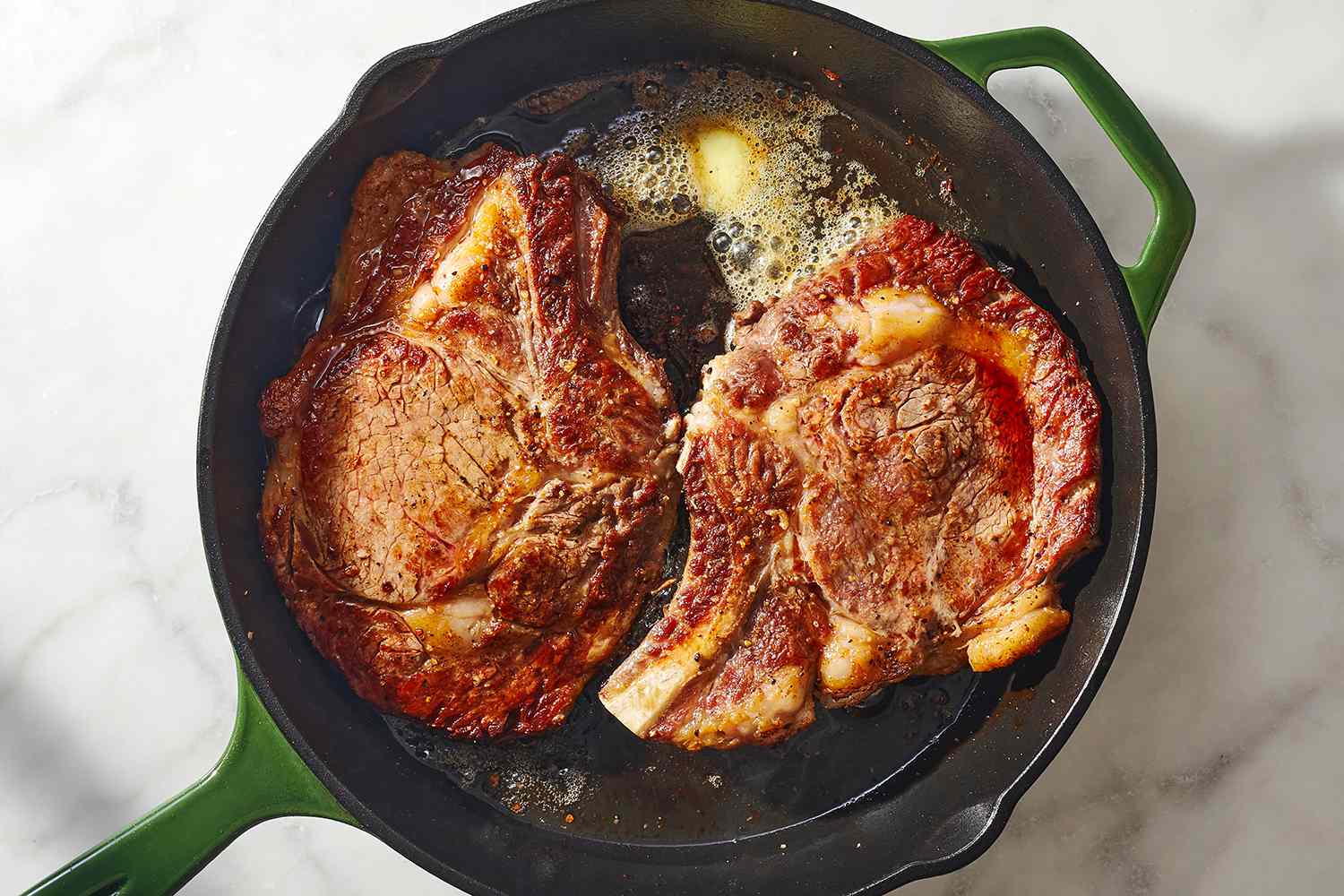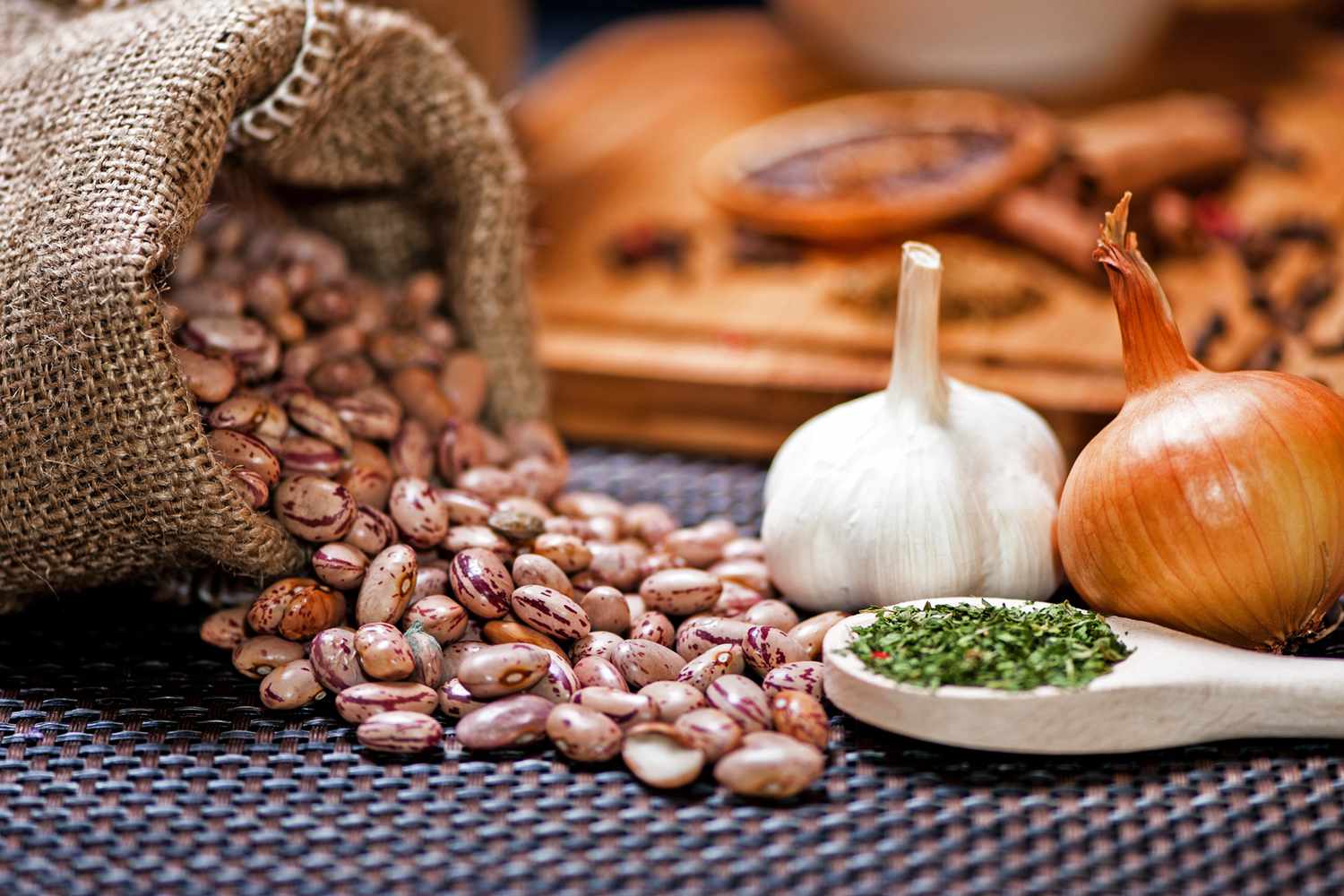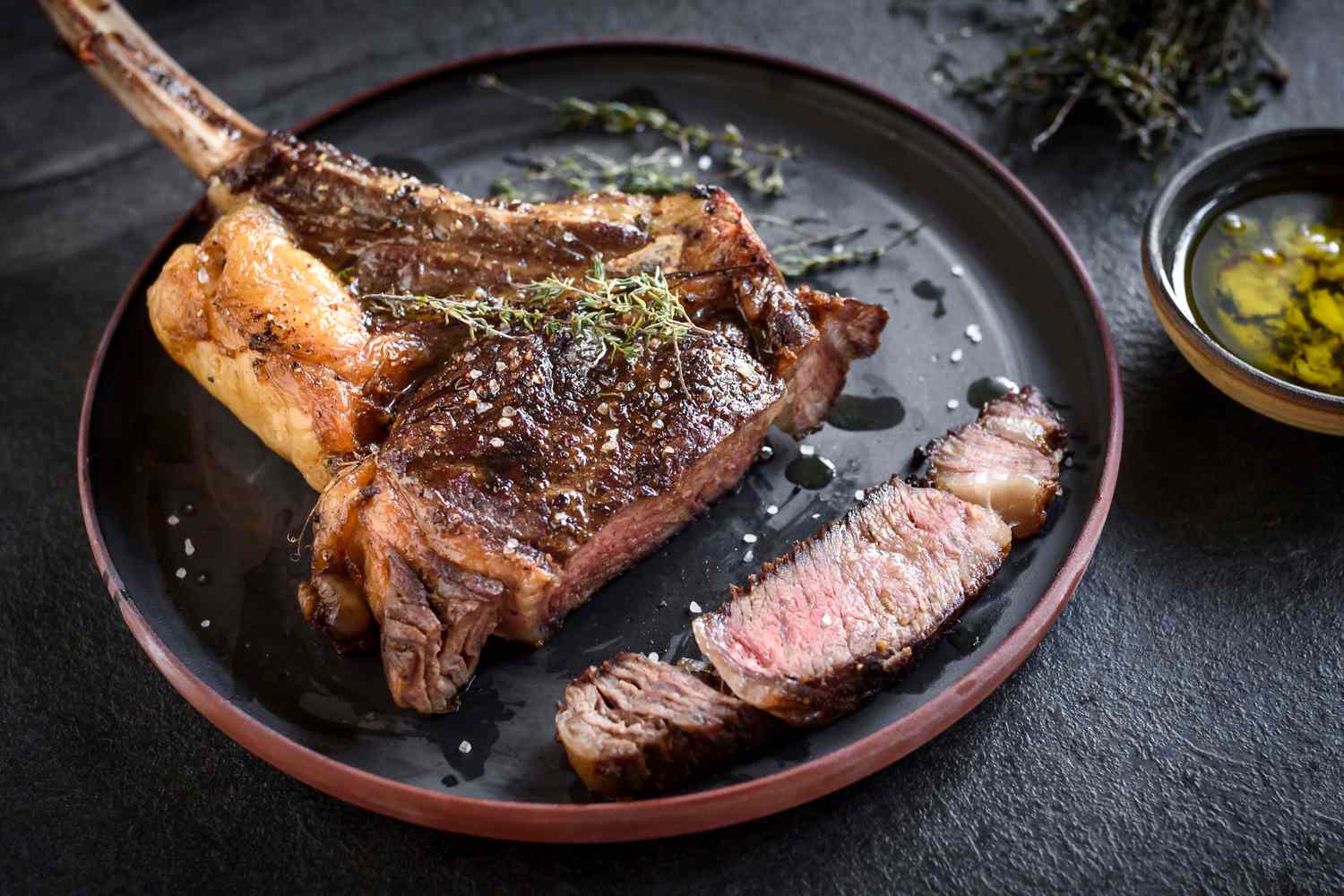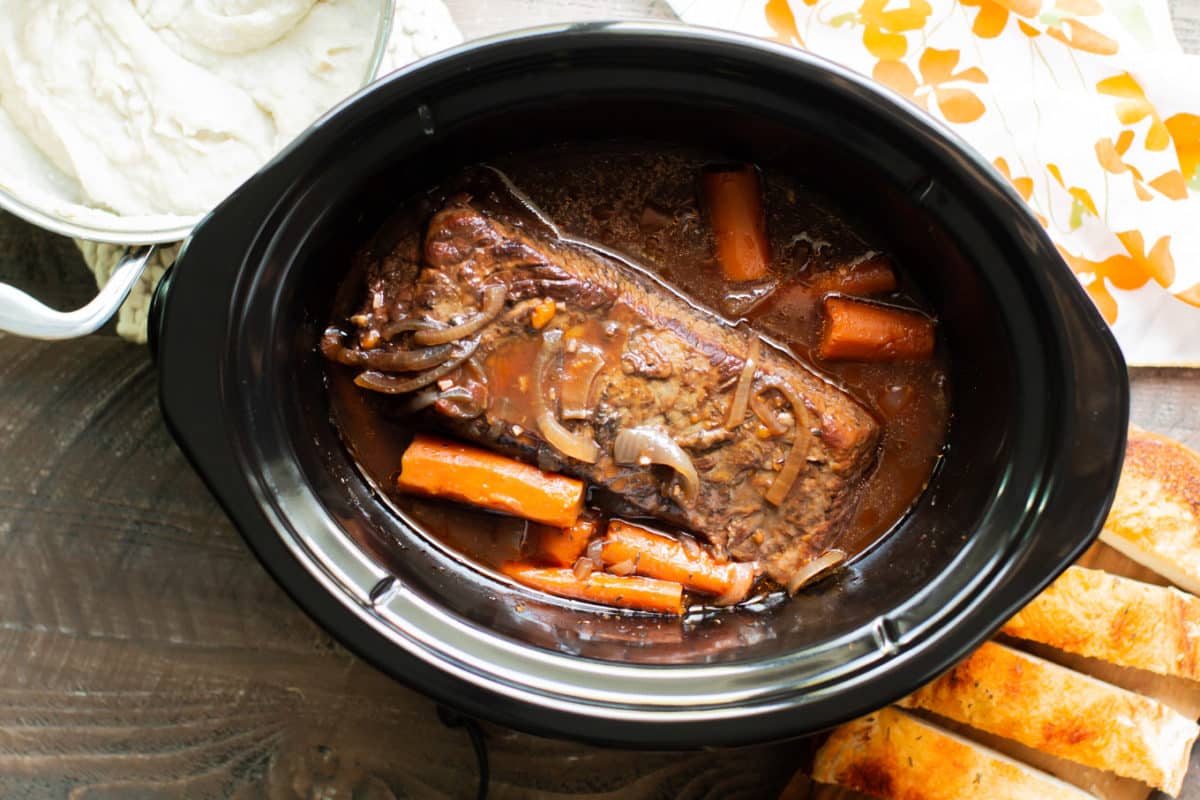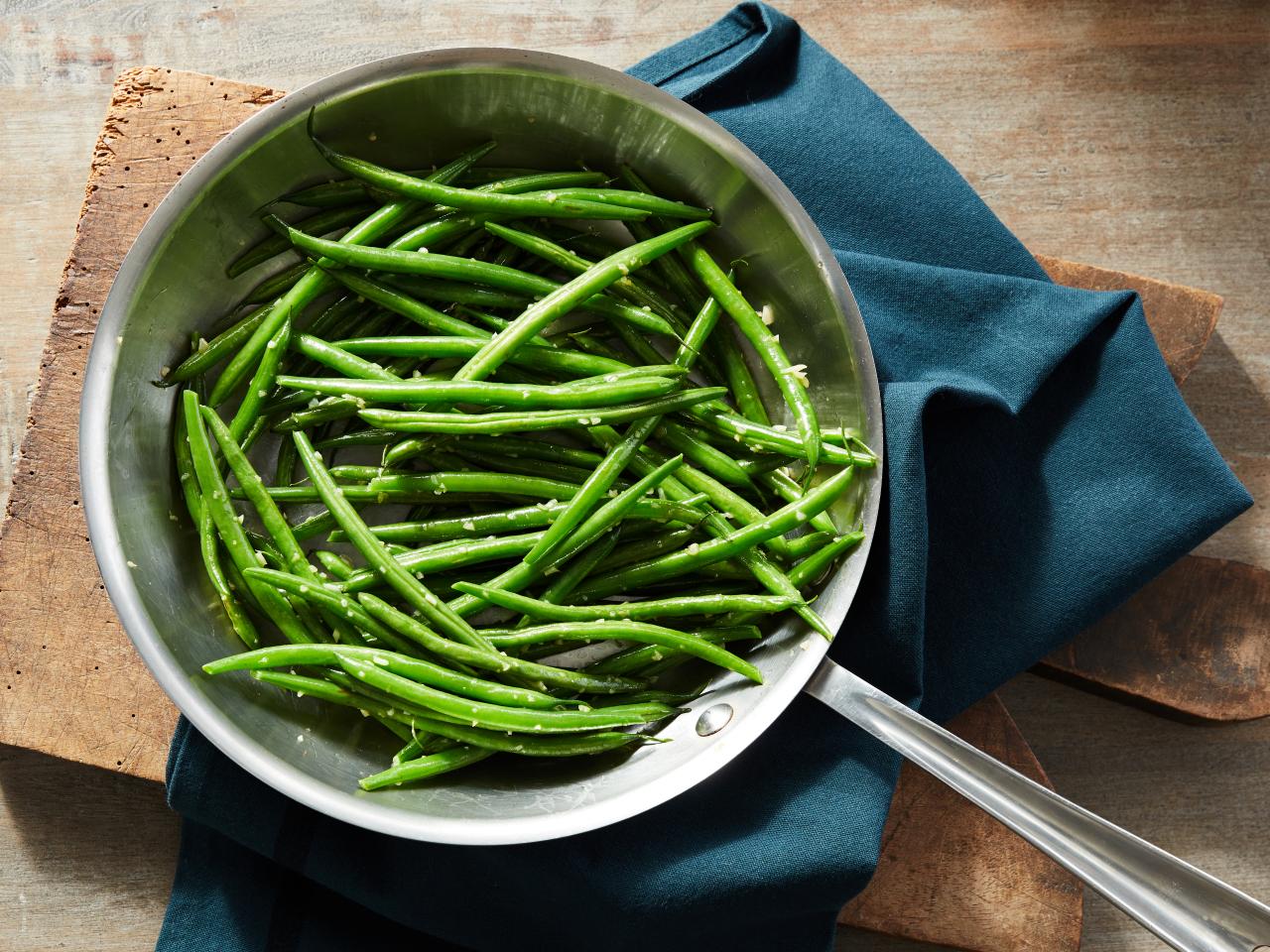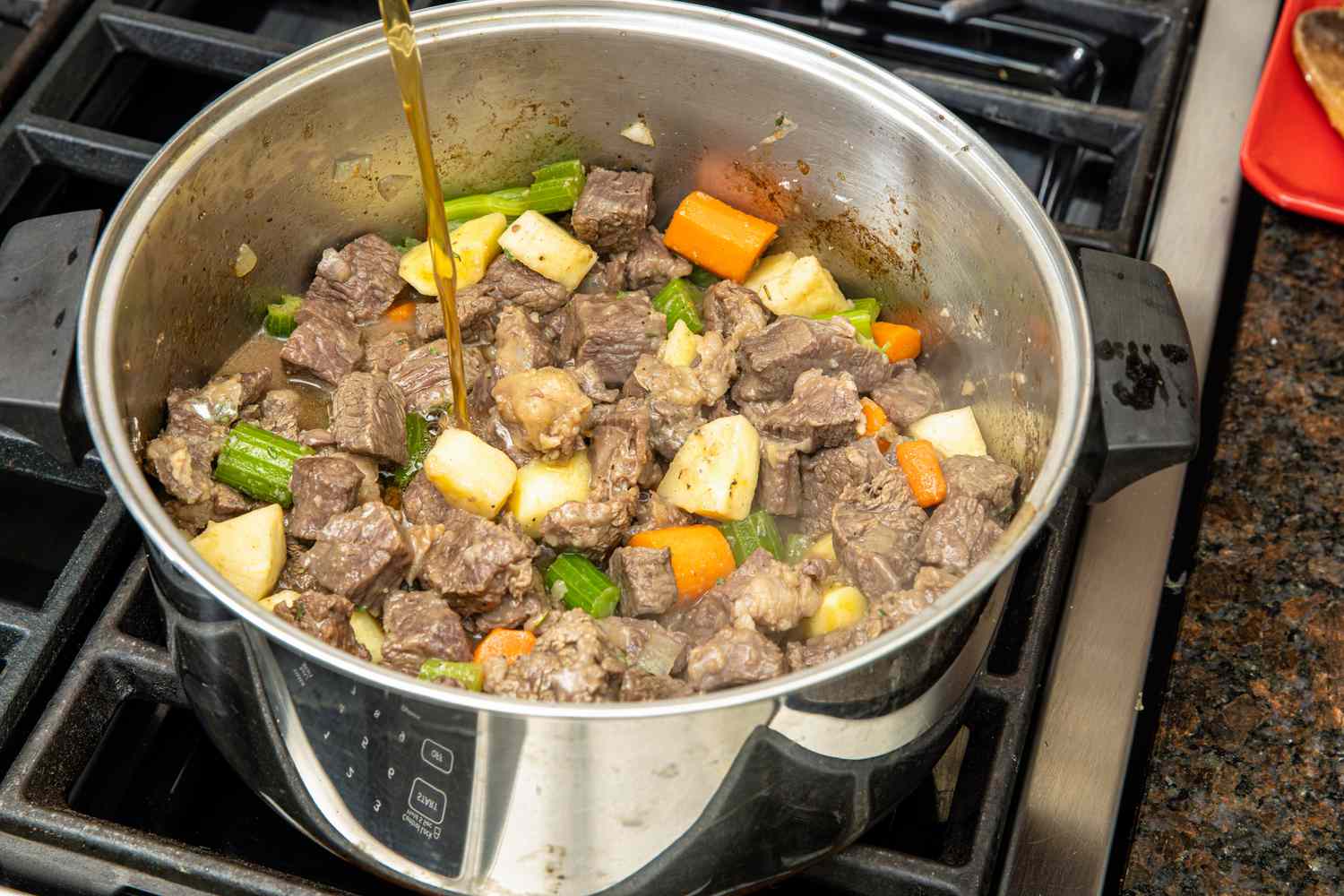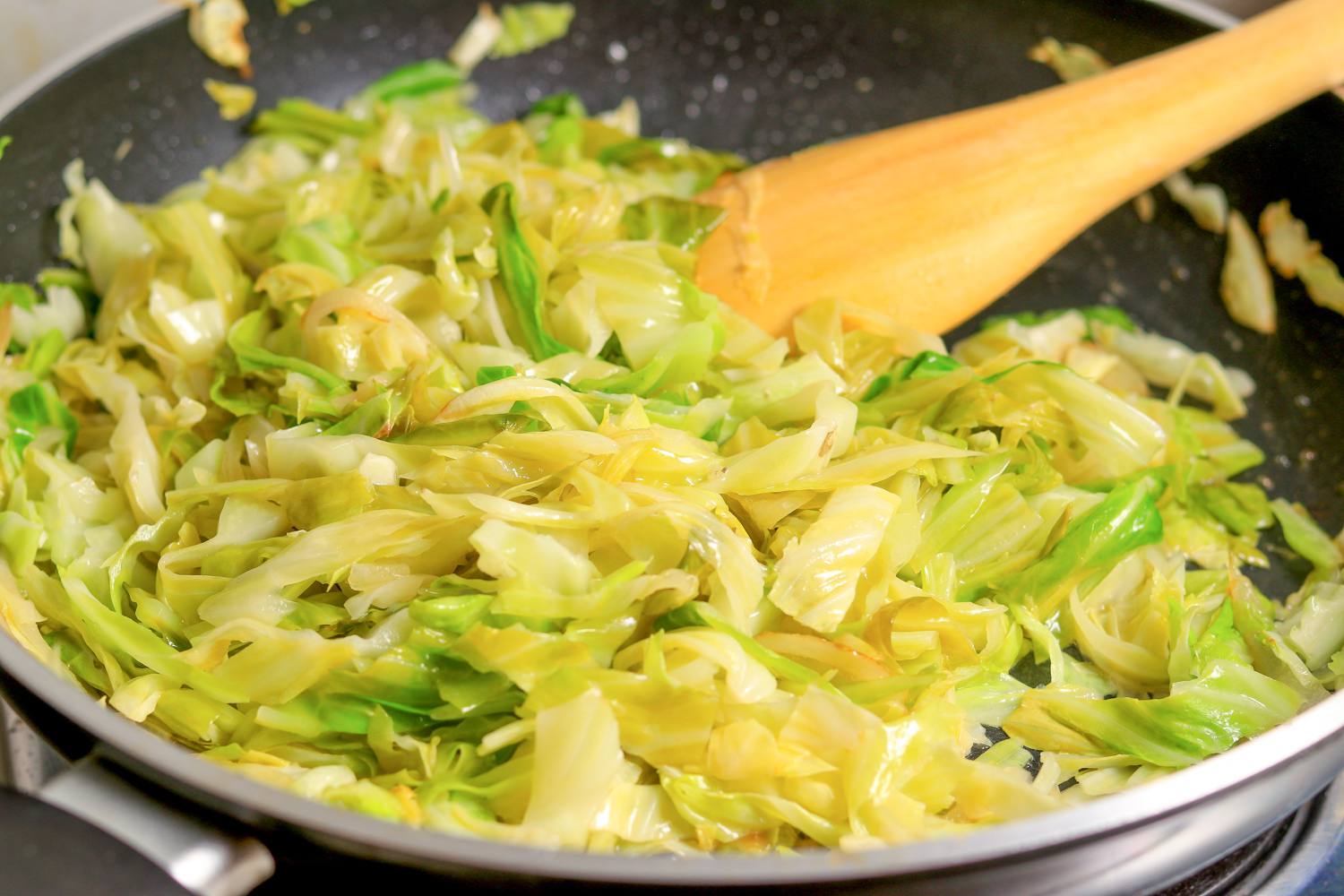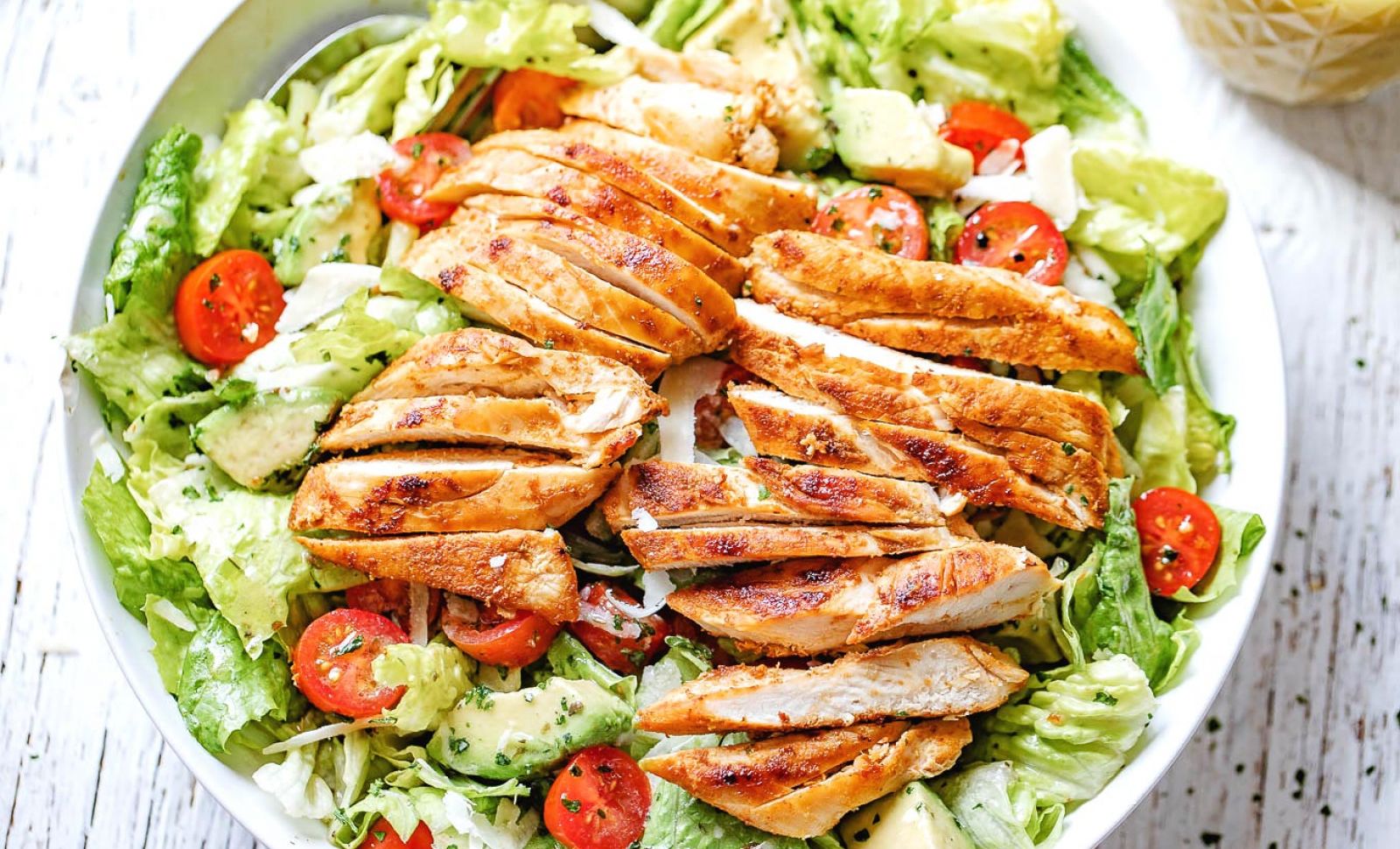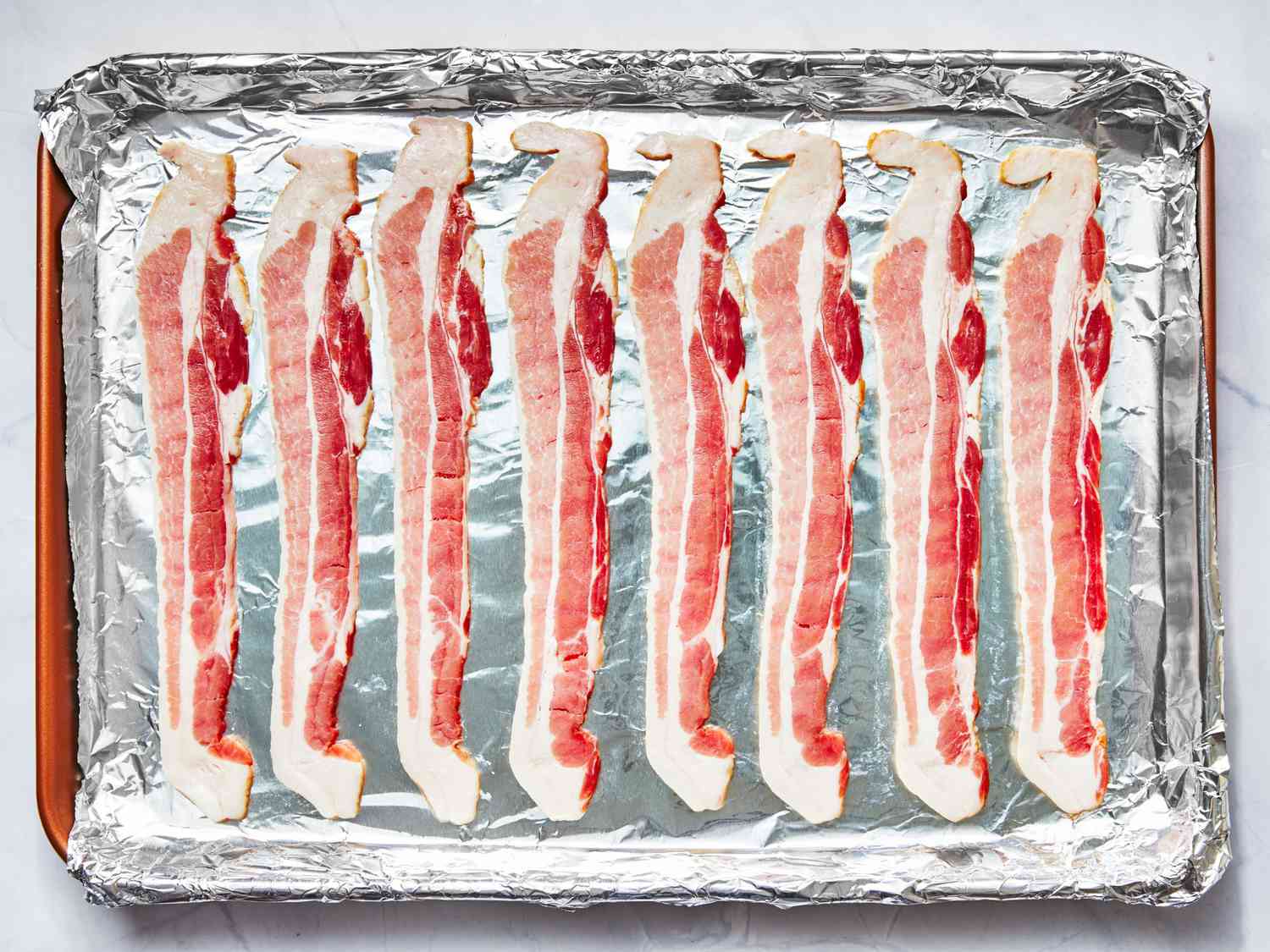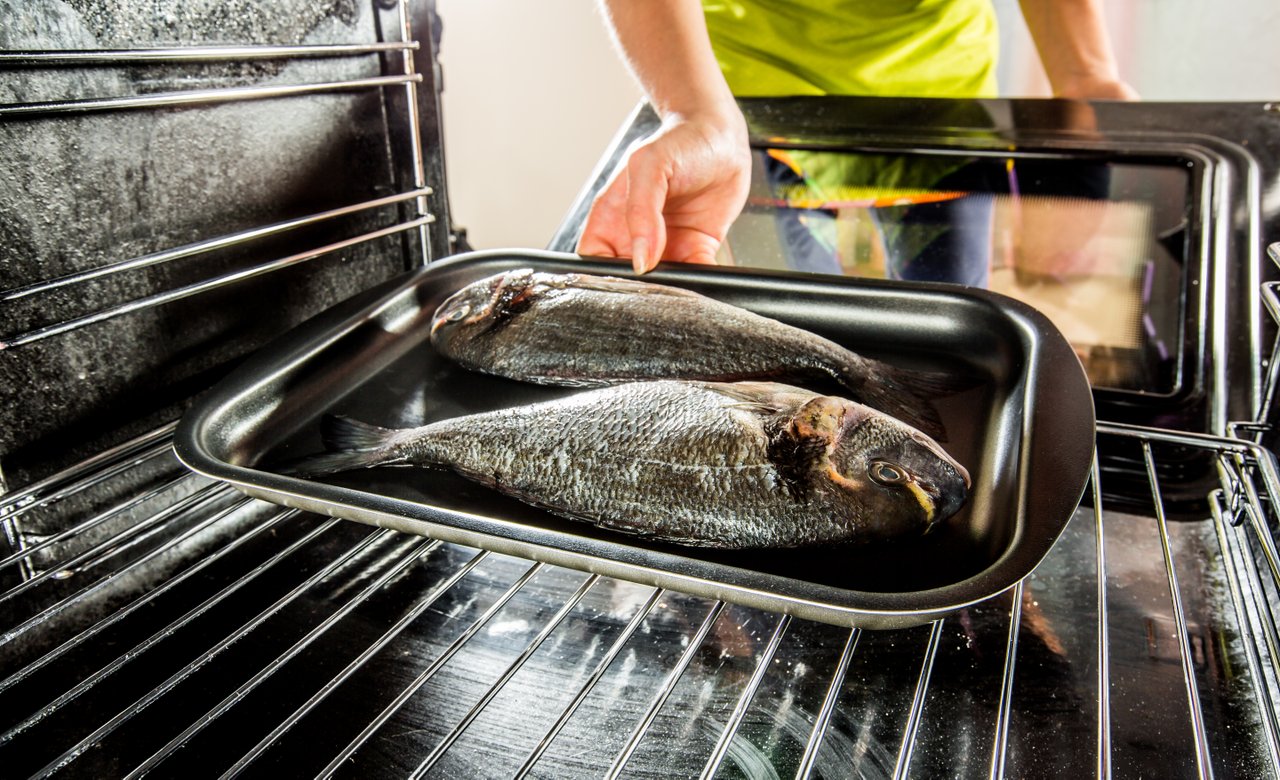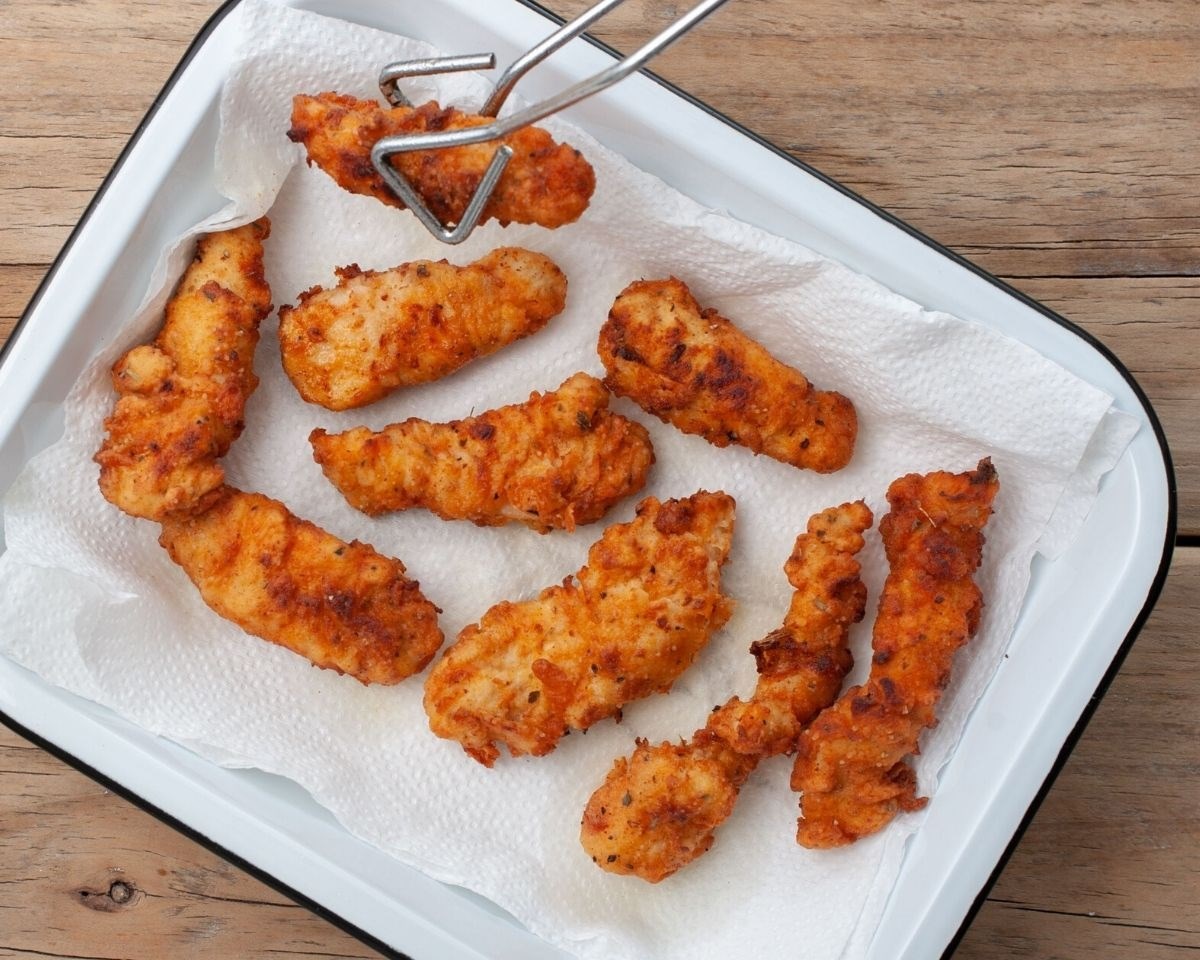How To Cook A Smoked Ham
Smoked ham is a delicious and savory dish that can be the star of any meal. Whether you’re preparing a holiday feast or simply looking for a flavorful dinner option, cooking a smoked ham is easier than you might think. In this article, we’ll guide you through the step-by-step process of cooking a mouthwatering smoked ham that will please your taste buds and impress your guests.
Ingredients:
- Smoked ham
- 1 cup of brown sugar
- 1/2 cup of honey
- 1/4 cup of Dijon mustard
- 1 tablespoon of ground cloves
- 1/2 teaspoon of black pepper
Instructions:
1. Preheat your oven to 325°F (165°C).
2. Remove the packaging from the smoked ham and place it on a roasting rack in a large baking dish.
3. In a small bowl, mix together the brown sugar, honey, Dijon mustard, ground cloves, and black pepper. This glaze will add a touch of sweetness and flavor to the smoked ham.
4. Using a basting brush, generously coat the smoked ham with the glaze, making sure to cover all sides.
5. Cover the ham loosely with foil, leaving some space around the edges to allow steam to escape. This will help keep the ham moist during the cooking process.
6. Place the baking dish with the smoked ham in the preheated oven and cook for about 15-20 minutes per pound. A meat thermometer inserted into the thickest part of the ham should read 145°F (63°C) when it’s done.
7. After the initial cooking time, remove the foil tent and baste the ham with the glaze every 30 minutes to keep it moist and flavorful.
8. Once the smoked ham is cooked to perfection, remove it from the oven and let it rest for about 15 minutes before slicing. This resting time allows the juices to redistribute, resulting in a juicier and more tender ham.
9. Slice the smoked ham and serve it warm. It can be enjoyed on its own or paired with your favorite side dishes like mashed potatoes, roasted vegetables, or a fresh salad.
Now that you know how to cook a smoked ham, you can confidently host a gathering or create a special dinner for your loved ones. The combination of the smoky flavors and the sweet and tangy glaze will make this dish an instant hit. So, fire up your oven, follow these simple steps, and get ready to savor a delicious homemade smoked ham.
For those looking to experiment with different flavors while cooking a smoked ham, the guide offers an array of recipes. The Honey Mustard Smoked Ham Recipe combines the sweetness of honey with the tanginess of mustard, making for a delightful contrast in flavors. The Pineapple Glazed Smoked Ham Recipe offers a tropical twist that pairs beautifully with the smoky ham. If you're in the mood for something a bit more unique, try the Spiced Rum Smoked Ham Recipe, which adds a rich, aromatic depth to the dish. For a festive option, the Cranberry Orange Glazed Smoked Ham Recipe brings a burst of citrus and berry flavors, perfect for holiday gatherings. Finally, for a touch of elegance, the Lavender Honey Smoked Ham Recipe introduces a subtle floral note that elevates the traditional smoked ham experience.
Was this page helpful?
Read Next: How To Cook A Turkey In A Roasting Pan
Abby Marcelino
Abby is a writer, editor, and a fan of ASMR mukbang and cooking videos. Her family has been in the food industry for years and she has been working for their business as a part-time quality assurance officer and content creator. She is addicted to all things dairy and carbs, most especially cheese and bread.
